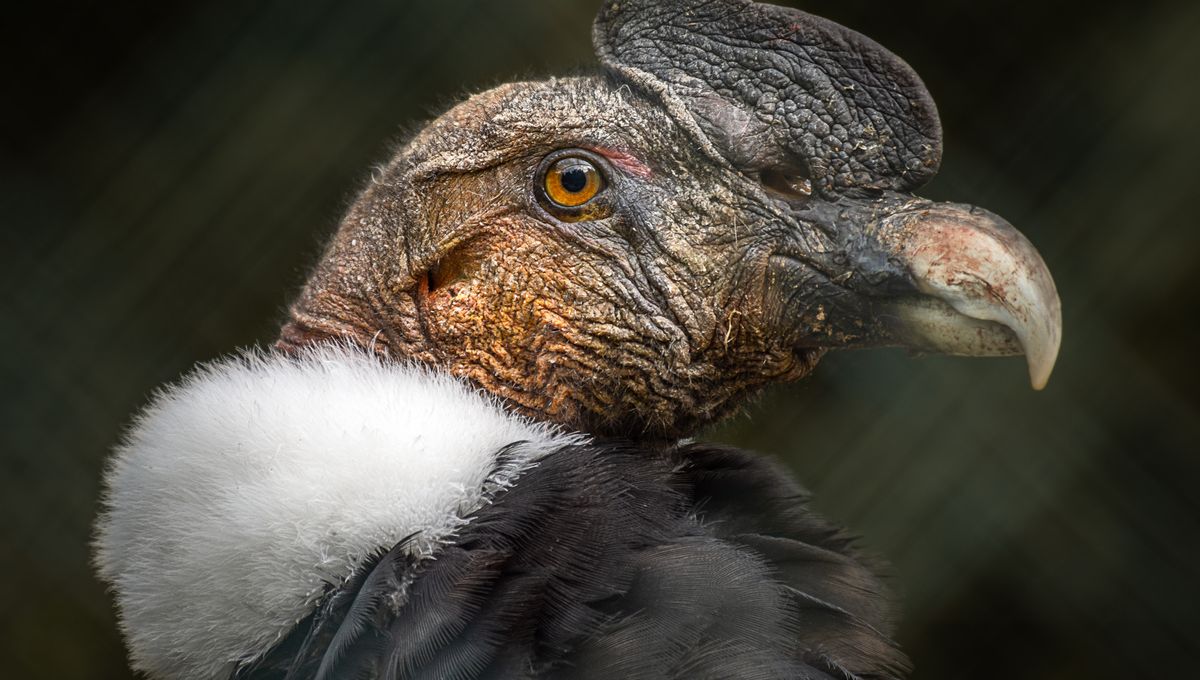
For thousands of years, condors have been breeding and nesting in the same sheltered spot in the Nahuel Huapi National Park in Argentina. Over the centuries, their poop has been piling up to form a dense defecation cake that is packed full of valuable information, not only about the birds themselves, but how they respond to environmental changes.
The poop pile has formed a large ringed mass around the base of the giant Andean condor nests that are located about an hour’s walk from the closest road and around 10 meters (33 feet) down a cliff. Needless to say, the nesting site is well protected, but it is also located under a natural overhang which has kept it safe from the elements. As such, the defecation patch has continued to grow as each generation contributes additional layers.
Now, a group of palaeoecologists are examining this organic matter for clues about these large birds of prey – the largest in the world, in fact – and how they have adapted to the world over two millennia.
A team of researchers from Canada, Argentina, and the USA examined 25-centimeter (9.8-inch) thick slices of the defecation wad, or guano deposit, for telltale traces of chemical isotopes, metals, and DNA, and determined that it is around 2,200 years old. Moreover, captured within it is evidence of significant moments related to the ecological history of the surrounding area. This was a remarkable find given that these condors rarely return to the same places to nest.
“If they have been using the same nest and keep coming back over and over and over again, it implies that where these birds are nesting is a super important part of their ecology and their behavior,” palaeoecologist and lead author Matthew Duda, of Queen’s University, Canada, told New Atlas.
Through their analysis, the researchers were able to identify a period where the deposit’s growth slowed down (it dropped from 0.08 centimeters [0.03 inches] to 0.003 centimeters [0.001 inches] per year) from around 1,650 to 650 years ago. This indicates a mass abandonment of the nesting area for many centuries, which coincided with a volcanic eruption that occurred close by. The team believe the ash from this eruption may have covered the ground to such an extent that carrion became too scarce to sustain the birds.
The geological record shows that four volcanic eruptions have occurred in this area that sits in the South Volcanic Zone and three of them took place in the years after, which may explain why the birds were gone for so long.
When the birds returned, the researchers found that their diet shifted from eating the carrion of native species, like wild llamas, and native beached marine animals, such as whales, to the meat of livestock, such as sheep and cattle.
“The dietary shift we observe here is also supported by a retrospective isotope analysis of condor feathers”, the team explain in their publication, “which suggested that the diet shift could have been explained by global declines in marine life linked to whaling since the late-seventeenth century and more recently, reduced scavenging behaviour in condors due to urban development along beaches”.
This coincided with the arrival of European settlers in the 1500s, who brought with them foreign livestock and game species. In particular, the researchers found evidence of the condors eating “exotic herbivores” such as red deer and European hare, which had been introduced by the settlers.
One disturbing find indicated that modern condors are being increasingly poisoned by trace metals that have been found in the guano pile. Elevated lead concentrations are thought to be entering their digestive systems through the carrion they’re eating, which have been shot with lead bullets.
Andean Condors are listed as a vulnerable species on the IUCN Red List of Threatened Species and scientists estimate that there are only around 10,000 birds remaining today. Their numbers have been drastically dwindling due to hunting and use of pesticides.
It is hoped that this study, as well as ones like it in the future, will demonstrate how important it is to protect these unique breeding spots in order to help the condors survive. This research also shows how useful poop analysis is for understanding the history and protection of such species.
“These techniques can unlock a wealth of ecological and population information that will directly inform on population baselines, leading to more effective conservation and management of at-risk species.”
The study is published in Proceedings of the Royal Society B: Biological Sciences.
Source Link: Condor Time Capsule Made Of Poop Offers 2,200-Year View Of The Past